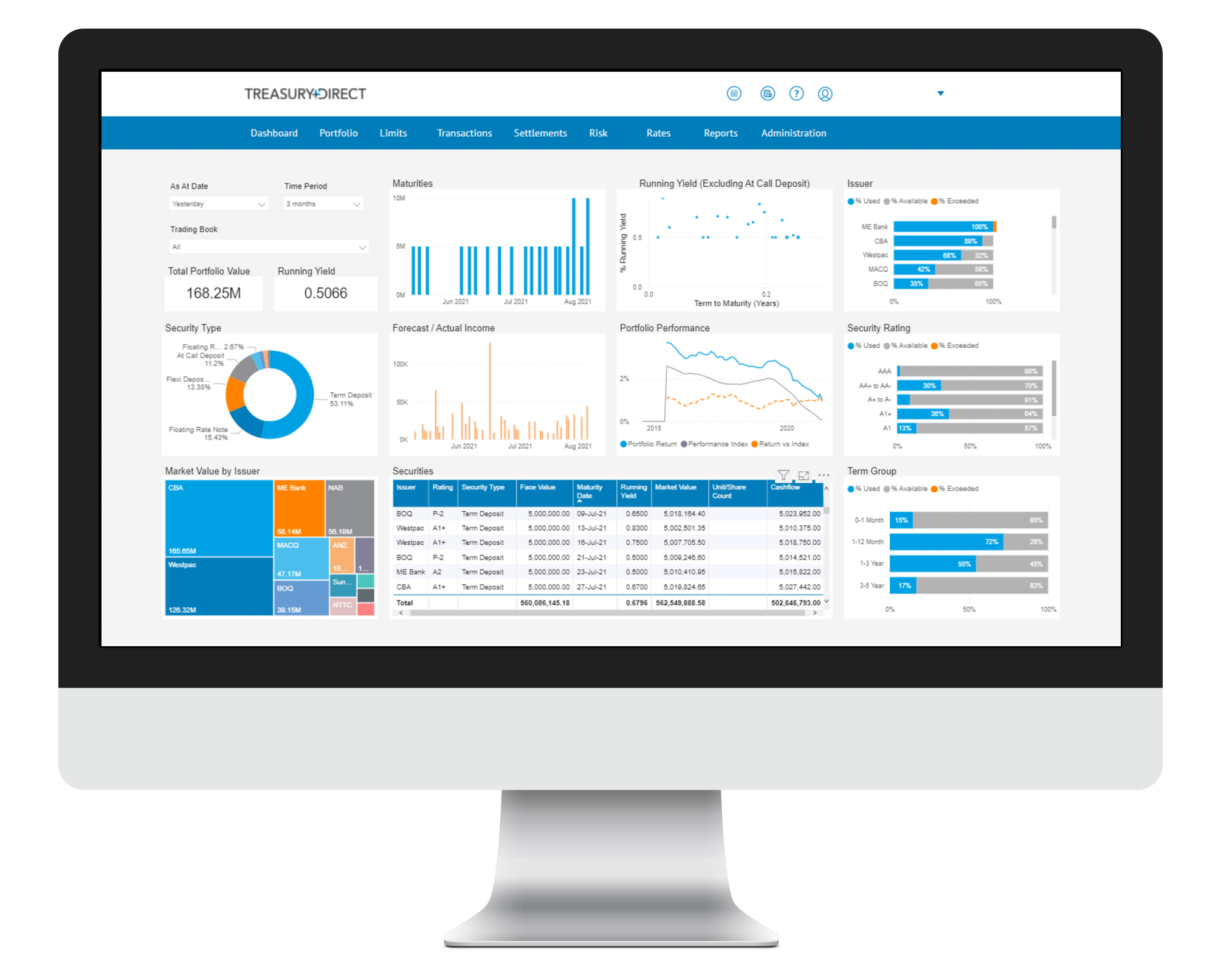Markets Overview
- ASX SPI 200 futures little changed at 8,871.00
- Dow Average up 0.2% to 46,397.89
- S&P 500 up 0.4% to 6,688.46
- Aussie up 0.5% to 0.6613 per US$
- US 10-year yield rose 1.1bps to 4.1483%
- Australia 3-year bond yield rose 0.9 bps to 3.55%
- Australia 10-year bond yield fell 3.5 bps to 4.30%
- Gold spot up 0.7% to $3,858.83
- Brent futures down 1.4% to $67.02/bbl
Economic Events
S&P 500 and Nasdaq 100 index futures extended their losses as the US government neared a shutdown after a stopgap funding bill to avoid the closure failed.
Contracts for the S&P 500 fell 0.3% after the index had its best September in 15 years. A gauge of the dollar edged higher after three days of losses while gold hovered around a record high set Tuesday. Asian shares fell 0.4% with China and Hong Kong closed for a holiday. Treasuries were mostly flat with the yield on the 10-year at 4.15%.
The US government hurtled toward a shutdown as Congressional Democrats and President Donald Trump dug in Tuesday on a confrontation over health-care spending. The president raised the stakes in the fight, saying his administration may permanently fire “a lot” of federal workers in the event of a shutdown.
Investor focus is squarely on the looming shutdown, which threatens to delay key economic reports used to gauge the Federal Reserve’s path on interest-rate cuts. While most standoffs have ended in last-minute deals, past episodes have caused enough disruption in the federal bureaucracy to force Wall Street to weigh the potential fallout for US markets.
“Things could get ugly if the shutdown creates an information vacuum for jobs and inflation data ahead of the next Fed rate decision,” said Michael Bailey at FBB Capital Partners. “Also, with stocks and valuations near prior peaks, we could see some minor bad news snowball into a correction near term.”
The latest deadlock over spending threatens to paralyze many US government operations for the first time in nearly seven years, causing the suspension of services for Americans and paychecks for federal workers.
Traders are concerned that the shutdown would delay the release of Friday’s nonfarm payrolls data by the Bureau of Labor Statistics. Economic data over the past month has shown that the labor market is slowing down while inflation is relatively under control — though still above the Fed’s 2% target.
Trump’s threat to permanently lay off workers could turn the shutdown into a “mini labor market shock,” wrote Kyle Rodda, a senior market analyst at Capital.com in Melbourne.
The lack of key data on Friday in the event of a shutdown wouldn’t change the Fed’s decision for at least its upcoming meeting in October, according to David Seif, Nomura’s chief economist for developed markets.
“The less data that comes out, the less reason the Fed would have to deviate from the dot plot,” he said on Bloomberg Television on Tuesday. “The dot plot indicates 25 basis points in October. It is our view that will happen, whether or not they get the data.”
Traders have also been hearing from a handful of Fed speakers. Chicago Fed President Austan Goolsbee said the most recent round of tariffs may be causing businesses in his district to again pause decision-making in order to see where the levies settle.
Federal Reserve Bank of Dallas President Lorie Logan said policymakers should be cautious in considering additional interest-rate reductions while inflation remains above target and the labor market relatively balanced.
Boston Fed President Susan Collins said further rate reductions may be appropriate this year given a weaker labor market, but officials need to remain wary about the possibility of persistent inflation. Fed Vice Chair Philip Jefferson warned that the central bank faces a cooling labor market alongside rising inflation pressures, complicating the policy outlook.

